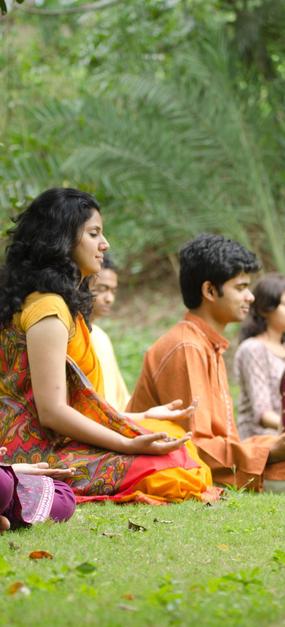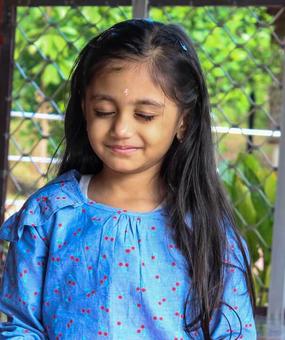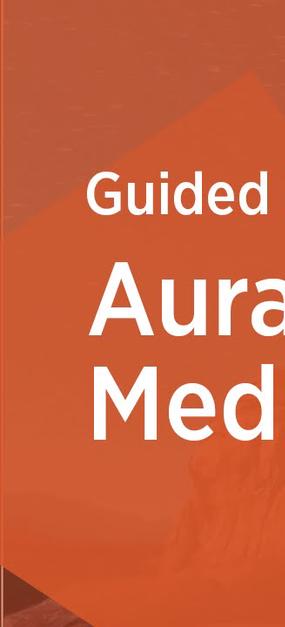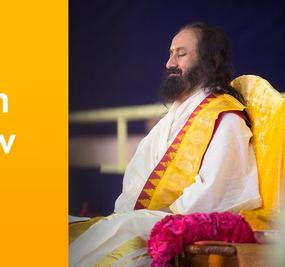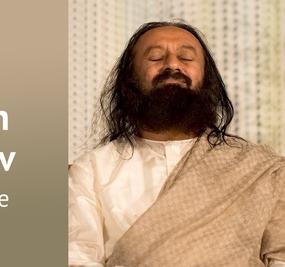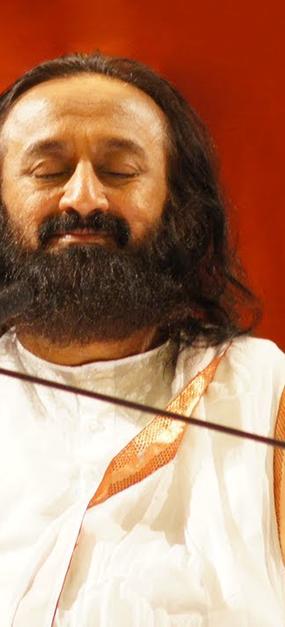What is Meditation?
Meditation is the art of doing nothing. It is a journey from sound to silence, from movement to stillness. It is being alert yet completely relaxed. You have been in meditation for a couple of months before your birth. You were in your mother’s womb doing nothing. You didn’t even have to chew your food — it was fed directly into your belly and you were there happily floating in the fluid, turning and kicking, but most of the time happily floating there. That is meditation or absolute comfort. You did nothing, everything was done for you.
So there is a natural tendency in every human being, in every soul, to crave that state when you are in absolute comfort. And getting back to that state which you have had a taste of, just before entering the hustle and bustle of this world is very natural because in this universe everything is cyclic, and everything wants to go back to its source.
Types of Meditation for Beginners
There are three types of meditation for beginners.
- Guided Meditations
- Mantra Meditation
- Panchkosha Meditation
A few things first:
- While practising meditation, do not try to still your mind by force. Just relax.
- Practice meditation with honour and respect. That helps make it a part of your routine easily.
- The important thing is making time every day to sit and connect with your source.
- If you wish to learn how to drive a car or to get a driving license for yourself, you need an instructor or a guide. Similarly, you need a teacher who can guide you into wisdom and knowledge, teach you how to go within and meditate.
1. Guided Meditations
For beginners, guided meditations are the easiest way to meditate. The best way to describe a guided meditation is like someone else is piloting the plane and you simply fasten the seatbelt, sit back and relax. If you are on a massage table, you let the masseur take care of you. Similarly, in meditation, you do nothing. Let nature or the spirit take care of you. So just listen to the instructions of a guided meditation lightly.
Find easy-to-follow guided meditations by Gurudev Sri Sri Ravi Shankar. You can pick a different one to do every day.
2. Mantra Meditation
Every sound has a vibration. The words we utter are all vibrations. We have seen the impact of good and bad words on our consciousness. Mantras are repetitions of powerful syllables that create positive energy when they are repeated at a certain frequency. In Sanskrit, it is said, manana trayate iti mantrah. A mantra saves you from repetitive thought patterns and worries.
Meditating on mantras is as simple as doing guided meditations. You can select a particular chant that you prefer and just sit in a relaxed posture. When the mantra is being chanted, you simply have to relax and let your mind experience the effect of those vibrations. Soaking in those vibrations is also called mantra snan or bathing your consciousness with mantras. You can also chant along with the mantra and experience the change in your state of mind pre and post-meditation. If you’re looking for easy mantra meditations, this is a good place to start.
Sahaj Samadhi Meditation
Sahaj Samadhi Dhyana Yoga is an easy and profound meditation technique which you can practice on your own. “Sahaj” means effortless, and “Samadhi” means a state of equanimity or bliss. It is a very natural way of transcending thoughts and going into our source of existence. You take a personal mantra which acts like a seed sprouting into deeper states of meditation. When you practice it every day, you experience clarity, calmness, joy, and intuition. Studies have shown Sahaj Samadhi Dhyana Yoga to have helped relieve late-life depression.
3. Panchkosha Meditation
Panchakosha meditation is a form of guided meditation which takes your attention to the five sheaths of your body. The first sheath of your body is the environment. This is called the Annamaya Kosha. Our environment is food – air is food for the lungs, water is food and so is warmth. If you are in a place where the temperature is -40 degree centigrade, you won’t be able to exist. Your second body is Pranamaya Kosha – the energy, life force within us. Our physical body has value because of prana, because we are breathing. The third is Manomaya Kosha – the thoughts in the mind. Then comes Vigyanmaya Kosha – Intuitive awareness or knowledge. That is the fourth sheath of our body. The fifth sheath is of bliss. The journey from the environment to a place of bliss can be experienced in twenty minutes with the Panchkosha meditation.
We take care of our teeth everyday by brushing them. It is called dental hygiene. Meditating every day is mental hygiene. It cleans the mind off stress, anxiety and cobwebs of the past. You can follow some tips that can help you get started with meditation. You can even learn how to meditate on your own with a personal mantra in the Sahaj Samadhi Dhyana Yoga program.



